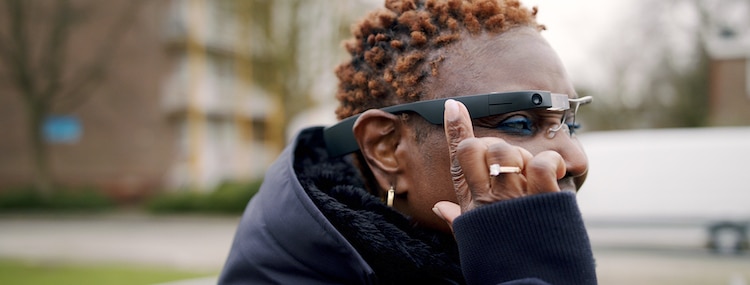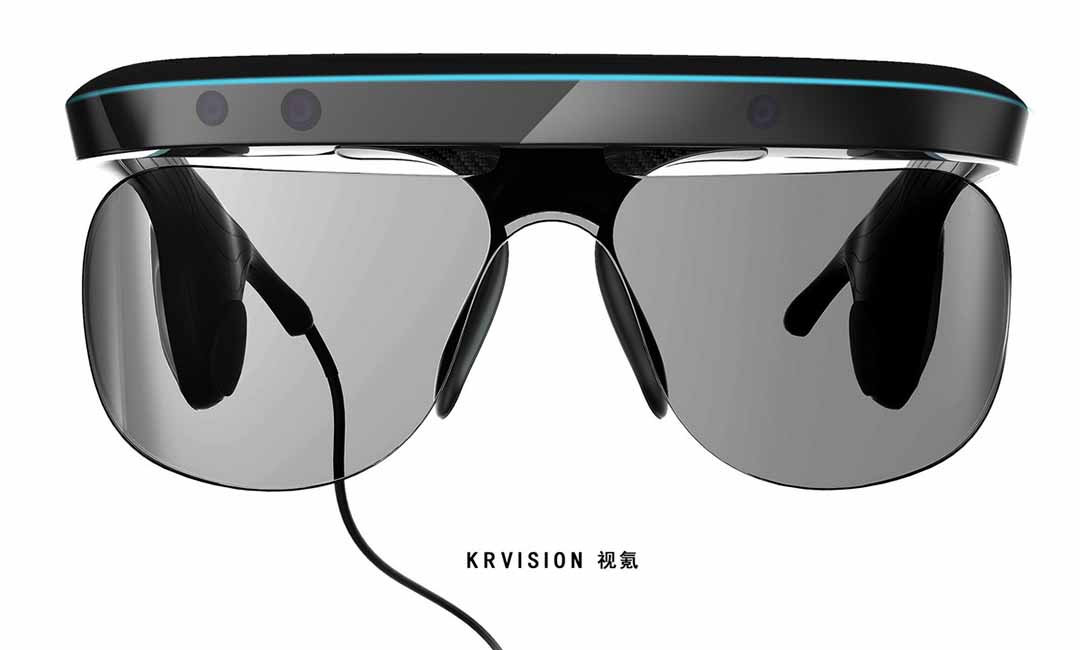Mobility Aids for Visually Impaired Users: Enhancing Independence and Navigation
Mobility Aids for Visually Impaired Users: Enhancing Independence and Navigation
Blog Article
Innovative Solutions in Assistive Innovation for Visual Problems
The landscape of assistive technology for aesthetic problems is progressing quickly, presenting an array of ingenious services that boost ease of access and independence. From sophisticated mobile phone applications that help with navigation to wearable gadgets made for real-time support, these devices are reshaping the experiences of those with aesthetic problems.
Developments in Smartphone Applications
In recent times, developments in smartphone applications have considerably changed the landscape of assistive innovation for individuals with visual problems. These applications take advantage of the effective sensing units and capacities of modern-day smartphones to provide customers with tools that enhance independence and access in their everyday lives.
Noteworthy amongst these technologies are applications made for things acknowledgment, which use the smart device's video camera to determine products and provide spoken descriptions. Such attributes empower individuals to navigate their settings much more properly, whether determining products in shops or situating individual belongings in the house. In addition, text-to-speech applications have enhanced drastically, making it possible for users to catch printed message via their tool's camera and receive immediate sound responses, therefore assisting in analysis and understanding.
Navigation applications tailored for visually impaired users have likewise arised, offering auditory guidance and detailed location information. These tools offer important support for wheelchair, enabling individuals to pass through unknown areas with confidence. Additionally, community-driven applications have fostered social interaction and source sharing amongst people with aesthetic disabilities, creating a supportive network that enhances their high quality of life. In general, mobile phone applications have actually become indispensable allies in advertising freedom and ease of access for people with visual impairments.
Wearable Instruments for Navigating
Wearable devices for navigating have arised as a groundbreaking service for people with visual problems, providing hands-free help that improves mobility and positioning. These devices commonly use innovative innovations, including GPS, ultrasonic sensing units, and expert system, to offer real-time responses and direction to individuals as they browse their environment.
One notable example of wearable navigation innovation is wise glasses, which can identify obstacles and relay auditory or haptic feedback to the wearer, permitting risk-free and effective motion in numerous setups. Various other tools, such as vests and belts geared up with sensors, can similarly inform users of their surroundings by offering notifies concerning neighboring things or adjustments in surface.
In addition, several wearable tools incorporate with smart device applications, making it possible for individuals to tailor their navigating preferences and receive tailored route ideas. This personalization can dramatically enhance the customer experience, equipping individuals to travel with greater self-confidence and freedom.
As modern technology remains to establish, the possibility for wearable navigation gadgets to enhance the top quality of life for people with aesthetic impairments continues to be significant, paving the way for even more available and comprehensive environments.
Smart Home Modern Technology Integration

Additionally, wise appliances furnished with responsive interfaces or acoustic responses provide user-friendly communications that provide specifically to the requirements of those with aesthetic problems. For example, wise fridges can announce their components and expiry dates, while smart ovens can assist customers through the cooking process with audio directions.
Home automation systems, such as smart buzzers and security video cameras, provide peace of mind by allowing customers to obtain notifies and gain access to live feeds by means of their mobile tools, boosting individual safety and security (AI-powered visual aids). In addition, assimilation with smart devices and tablet computers guarantees that individuals can manage their home setting from anywhere within their properties
As clever home modern technology proceeds to advance, it holds the possible to transform the living experiences of individuals with visual disabilities, promoting freedom and boosting lifestyle in a progressively connected world.

Educational Tools and Resources
Access to reliable academic tools and resources is crucial for people with aesthetic impairments, as it equips them to engage totally in their understanding experiences. Different assistive technologies have actually been created to improve accessibility and foster independent understanding. Display readers, for example, transform text into speech, permitting trainees to access electronic material seamlessly. AI-powered visual aids. In addition, refreshable braille screens provide responsive comments, making it easier for learners to connect with composed material.
Additionally, educational software program particularly designed for visually damaged users uses attributes such as high-contrast settings and personalized text sizes. These devices suit diverse knowing designs and ensure that pupils can customize their academic experience to their requirements.
Additionally, access to electronic collections and audio books expands the variety of available knowing materials, making it possible for students to check out topics detailed without the restrictions enforced by traditional print resources. Collective systems that integrate ease of access attributes additionally assist in group tasks, ensuring comprehensive eye test that aesthetically damaged pupils can contribute meaningfully together with their peers.
Neighborhood Assistance and Interaction
A robust network of community support and interaction is important for people with aesthetic impairments, promoting a comprehensive setting where they can flourish. Neighborhood companies, neighborhood campaigning for groups, and volunteers play an essential role in providing sources, information, and companionship, which are crucial for enhancing the top quality of life for those influenced by visual problems.
Engagement tasks such as workshops, gatherings, and support groups not only help with ability development but likewise advertise social communication, lowering feelings of seclusion. These initiatives urge individuals to share difficulties, successes, and experiences, thus reinforcing community bonds. In addition, collaborations with local services can bring about greater availability in public rooms, better integrating people with aesthetic impairments into the go to website community.
Innovation likewise improves neighborhood involvement via on-line systems that supply digital support system and sources, permitting people to attach no matter of geographical obstacles. By harnessing both in-person and digital remedies, areas can develop a comprehensive assistance network. Inevitably, promoting collaboration amongst numerous stakeholders-- consisting of households, teachers, and healthcare professionals-- ensures that people with aesthetic disabilities get the alternative support necessary to browse every day life successfully and with dignity.
Conclusion
Innovative options in assistive technology for aesthetic problems dramatically improve the high quality of life for individuals encountering these difficulties. The integration of smart device applications, wearable devices, clever home innovation, and educational devices promotes better self-reliance and access. Area support and involvement further encourage visually damaged individuals, advertising inclusivity and participation in numerous aspects of life. Jointly, these developments not only change daily experiences yet also lead the way for a much more fair society.
The landscape of assistive modern technology for visual disability is advancing click here to find out more rapidly, presenting a variety of innovative solutions that enhance ease of access and freedom. Community-driven applications have actually fostered social interaction and source sharing amongst individuals with visual impairments, developing a supportive network that improves their high quality of life. Generally, smart device applications have actually become essential allies in promoting autonomy and access for individuals with aesthetic problems.
Several individuals with aesthetic impairments are discovering better autonomy via the integration of clever home modern technology.Cutting-edge services in assistive modern technology for visual impairment substantially boost the quality of life for people encountering these challenges.
Report this page